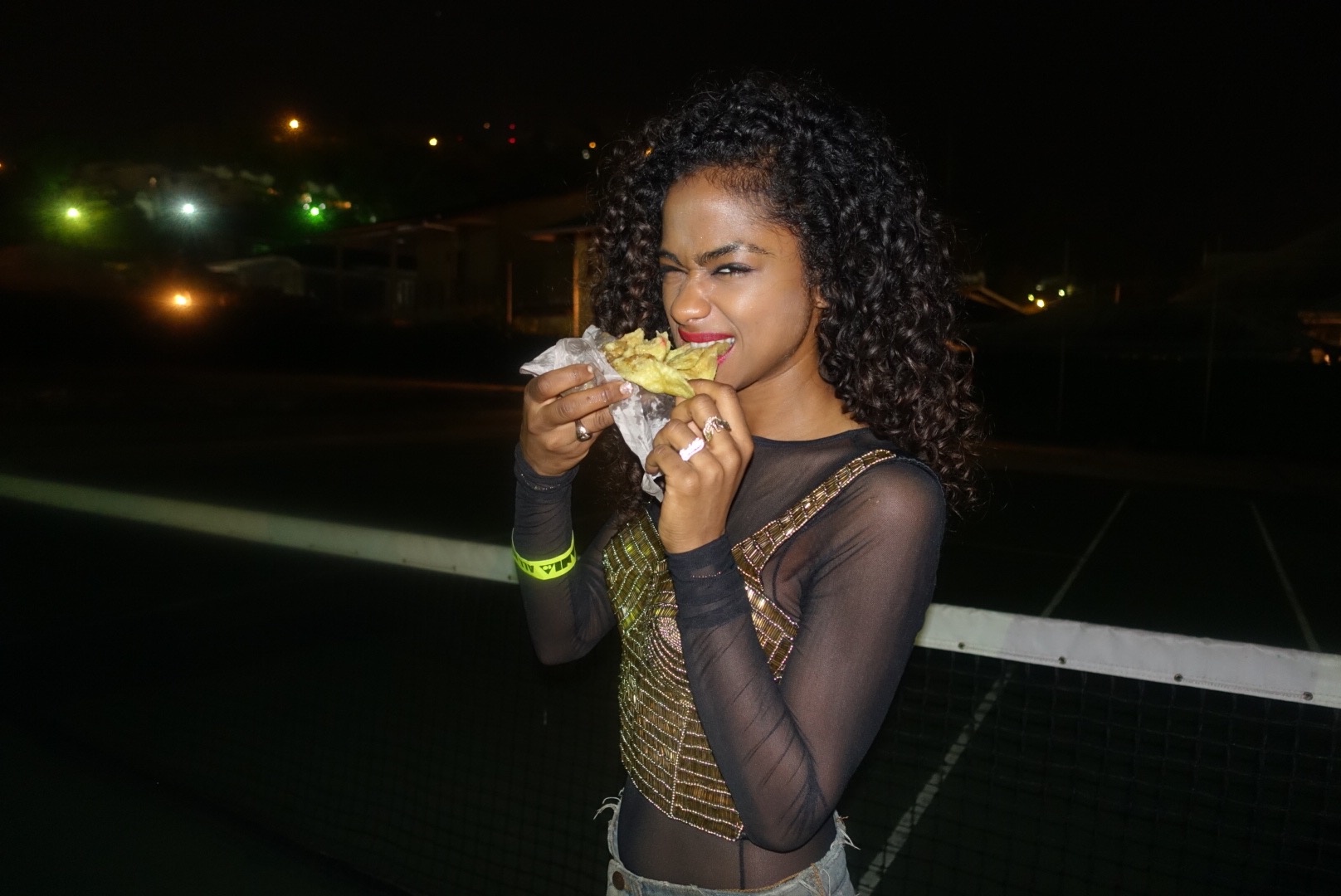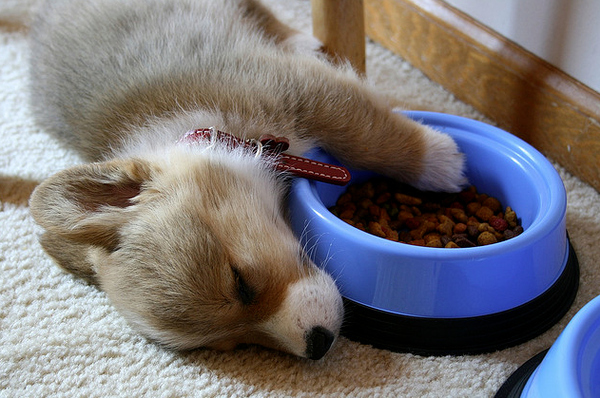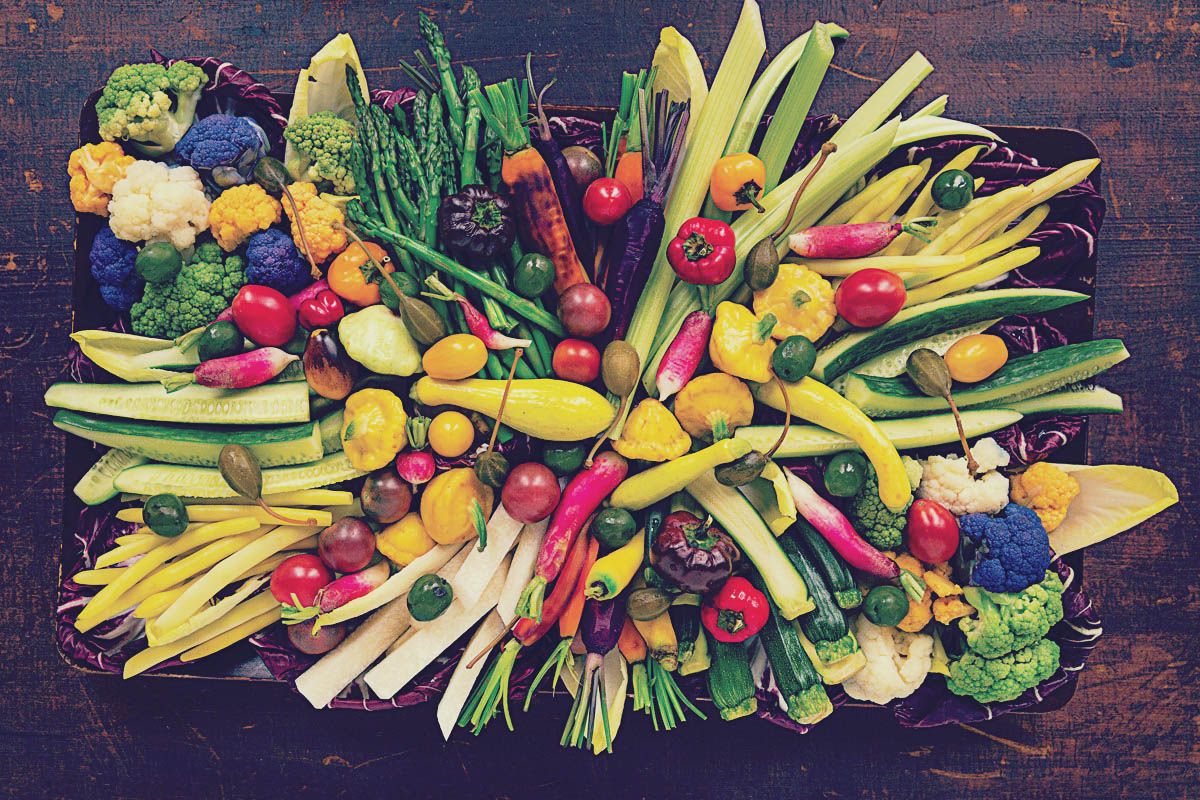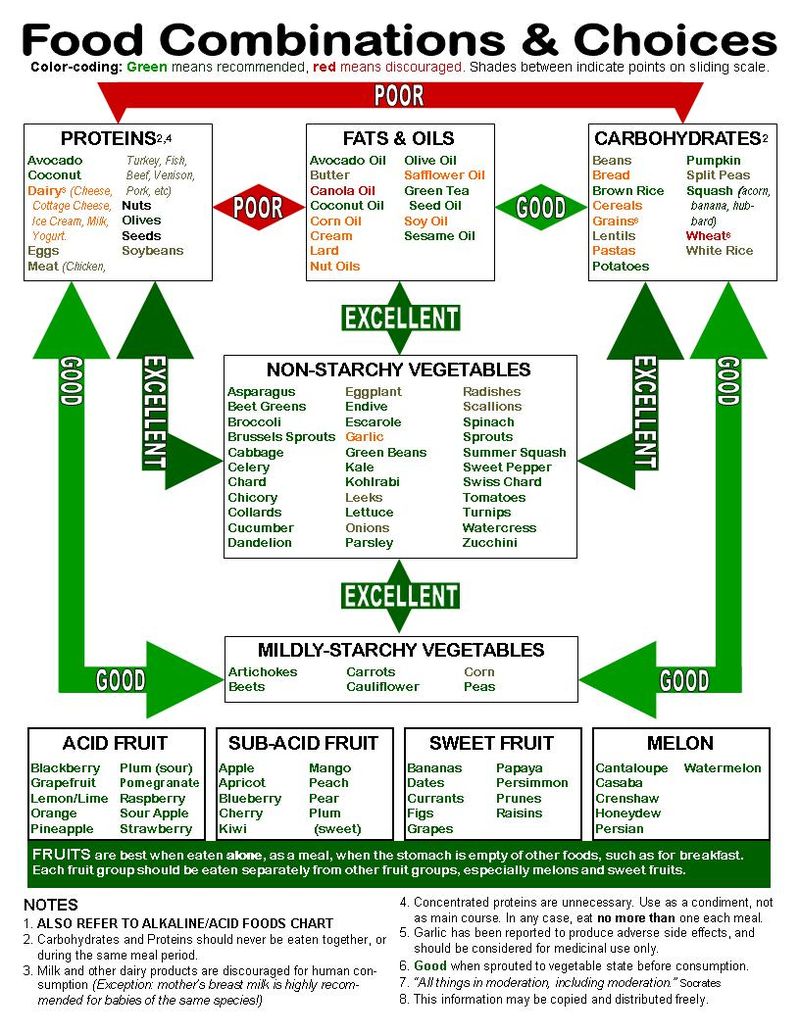 So, during one of my famous colonics (that I like to share on Snapchat) – my therapist, Jill Wais, told me she followed a “Food Combining Diet”. I was so very intrigued that I had to do my research and apparently its a thing…and…I hate to be the bearer of bad news…but, our modern way of eating might possibly be of no service to us! The good news is, you can totally change the way you eat without removing the things that you love entirely and lose weight while boosting your metabolism! No tricks, pills, potions or gimmicks. All you need to do, is get your combo game up. You ready?! Let’s start with some basics…
So, during one of my famous colonics (that I like to share on Snapchat) – my therapist, Jill Wais, told me she followed a “Food Combining Diet”. I was so very intrigued that I had to do my research and apparently its a thing…and…I hate to be the bearer of bad news…but, our modern way of eating might possibly be of no service to us! The good news is, you can totally change the way you eat without removing the things that you love entirely and lose weight while boosting your metabolism! No tricks, pills, potions or gimmicks. All you need to do, is get your combo game up. You ready?! Let’s start with some basics…
*Let me also say, I am no doctor or medical expert. I am, however, heavily interested in wellness, health and nutrition and like to explore alternative ways of eating, thinking and living.
1. What is digestion?
The digestive system is made up of the gastrointestinal (GI) tract—also called the digestive tract—and the liver, pancreas, and gallbladder. The GI tract is a series of hollow organs joined in a long, twisting tube from the mouth to the anus. The hollow organs that make up the GI tract are the mouth, esophagus, stomach, small intestine, large intestine—which includes the rectum—and anus. Food enters the mouth and passes to the anus through the hollow organs of the GI tract. The liver, pancreas, and gallbladder are the solid organs of the digestive system. The digestive system helps the body digest food.
Bacteria in the GI tract, also called gut flora or microbiome, help with digestion. Parts of the nervous and circulatory systems also play roles in the digestive process. Together, a combination of nerves, hormones, bacteria, blood, and the organs of the digestive system completes the complex task of digesting the foods and liquids a person consumes each day. – National Institute of Diabetes and Digestive & Kidney Diseases

2. Why should you care about digestion and diet?
It is said that disease starts in the colon. When you consider that out of the 10 deadliest incurable Cancers, 5 of them (#2 Colon & Rectal Cancer, #4 Pancreatic Cancer, #Liver & Intrahepatic Bile Duct Cancer – LiveScience.Com) deal with digestion and possibly what you are feeding yourself – you may want to reconsider what your eating and drinking.
The process of digesting each meal takes a great deal of energy so you want to increase your ability to digest or your digestive fire. But what happens if your digestion is not working properly, like so many Americans today?

The undigested food stays in your digestive tract and putrefies, creating a toxic environment that makes your blood more acidic and allows yeast, viruses, cancer cells and parasites to grow inside you. In essence, your inner ecosystem is damaged and you are more prone to illness.
Proper food combining is a system of eating of foods that combine together efficiently to assist digestion so that your digestive tract does not have to work so hard to give you the nutrients you need for energy. You can learn the basics with 3 simple guidelines.” – TheBodyEcology.Com
3. Why eating a 80% Alkaline and 20% Acid diet could benefit you.
An acidic body is breeding grounds for sickness and disease. It’s so important to balance the acidic items we eat with an overflow of alkaline ingredients. Alkalizing foods like lemon and ginger are super beneficial for you and it’s important to flush the gut with healthy bacteria/flora that gets lost to an overgrowth of bad bacteria antibiotics, etc). Here is more information on your gut and how to repair it at GutHealthProject.Com.

“Healthy eating on the 80/20 diet includes eating mainly whole, unprocessed or minimally processed foods, including fruits, vegetables, lean protein and whole unprocessed grains, as well as plenty of water. Fruits, vegetables and other foods high in water and fiber are low in energy density, or calories per gram. This means you can eat large portions of them to help you fill up without eating too many calories at meals. It’s possible, however, to eat too many calories while still eating nutritious foods like those recommended for the 80 percent of the time you’re eating healthily. Listen to your body’s hunger cues and avoid eating when you are not truly hungry.” – LiveStrong.Com
Okay, so let’s get into the even better good stuff… The Diet of Food Combining.
1. What is Food Combining?
From my own research, it seems as though the food combining diet stems from one of the world’s oldest holistic (whole-body) healing systems, developed thousands of years ago by Ayurvedic Medicine in India. According to Ayurveda, food combining is an essential part of understanding how to eat properly. Specific food combining can dramatically improve the quality of digestion, support the body in receiving a deeper level of nourishment, and positively impact our overall health.
“However, most people in the modern world are accustomed to eating a number of foods that do not usually digest well together (like fruit with nuts, or beans with cheese). So why does it matter? The Ayurvedic perspective is that each food has a distinct combination of tastes and energies – and a corresponding affect on both the digestive system and on the body as a whole. Combining foods with radically different energetics can overwhelm the digestive fire and can cause indigestion, fermentation, gas, bloating, and the creation of toxins. This is why proper food combining is so important. Of course, certain combinations disturb the digestive tract more than others – an important consideration if this practice is entirely new to you. Regardless of your particular habits or symptoms, paying attention to how you combine foods can provide a valuable opportunity for insight, healing, and improved health.” –BanyanBotanicals.Com
Long story short, our digestive tract excretes different acids to help break down the various foods we eat. When you combine foods that are secreting opposite acids, it can result in the breakdown of them being neutralized. If we eat the typical meat and potato dish (burger and fries) at once, then it’s understandable that you walk away feeling bloated and exhausted. The idea is that, you don’t necessarily have to stop eating your favorite carbohydrates or animal proteins – just don’t eat them together. You allow your digestion to flow and not get stopped up or overwhelmed with breaking down too many various foods at once.
2. How to Food Combine?
When I first started learning about food combining, I thought “this is a lot to digest” (pun intended). It’s a diet that goes against our mostly American way of dining. For example, pancakes and bacon, beans and rice, chicken and potatoes, etc. But when I started to understand the belief, it started to make sense. Why most of us feel more energetic when we have Meat on Salad (as opposed to Meat & Pasta) or why we feel less stuffed when we have Rice and Vegetables (as opposed to Rice and Beans). A lot of us suffer from things like…
- Irritable Bowel Syndrome
- Leaky Gut
- Gas & Bloating
- Etc…
Most times, it’s not the food choices – but the combinations. Even as a raw, vegan – I have realized that I poorly food combine things like Nuts and Fruit or Beans and Rice. I’m in the beginning of testing out this diet and so far, I have had a million “A-ha” Oprah Moments.

There are many many different styles of charts for Food Combining online, so it’s important that if you are interested in trying this diet that you spend time finding one that visually makes sense to you…There are so many that I had to dig through to get ones that visually translated to me. Or, you may do well with the lists. I, personally, needed a visual diagram.
| Incompatible Foods: | Supportive Combinations: | |
| Beans | Fruit, milk, cheese, yogurt, eggs, meat, fish | Grains, vegetables, other beans, nuts, seeds |
| Dairy | Depends on the type of dairy; see individual categories below. | |
| Butter & Ghee | Butter may not combine with other foods as universally as ghee. | Grains, vegetables, beans, nuts, seeds, meat, fish, eggs, cooked fruit |
| Cheese | Fruit, beans, eggs, milk, yogurt, hot drinks | Grains, vegetables |
| Milk | Any other food (especially BANANAS, cherries, melons, sour fruits, yeasted breads, eggs, yogurt, meat, fish, kitchari, starches) | Milk is best enjoyed alone… Exceptions: rice pudding, oatmeal, dates, almonds |
| Yogurt | Fruit, beans, MILK, cheese, eggs, meat, fish, nightshades, hot drinks | Vegetables, grains |
| Eggs | MILK, cheese, yogurt, fruit (especially melons), beans, kitchari, potatoes, meat, fish | Grains, non-starchy vegetables |
| Fruits | Any other food (aside from other fruit) *Exceptions: dates with milk, some cooked combinations | Other fruits with similar qualities (i.e. citrus together, apples with pears, a berry medley, etc.) |
| Lemons | Cucumbers, tomatoes, milk, yogurt Note: lime can be substituted for use with cucumbers and tomatoes. |
Usually ok with other foods, if used in small amounts as a garnish or flavoring. |
| Melons | EVERYTHING (especially dairy, eggs, fried food, grains, starches) *More than most fruit, melons should be eaten alone or not at all. | Other melons (in a pinch)… But it’s better to have each type of melon on it’s own. |
| Grains | Fruit | Beans, vegetables, other grains, eggs, meat, fish, nuts, seeds, cheese, yogurt |
| Vegetables | Fruit, milk | Grains, beans, other vegetables, cheese, yogurt, meat, fish, nuts, seeds, eggs |
| Nightshades | Fruit (especially melon), cucumber, milk, cheese, yogurt Note: nightshades include peppers, eggplant, potatoes, and tomatoes. |
Other vegetables, grains, beans, meat, fish, nuts, seeds |

